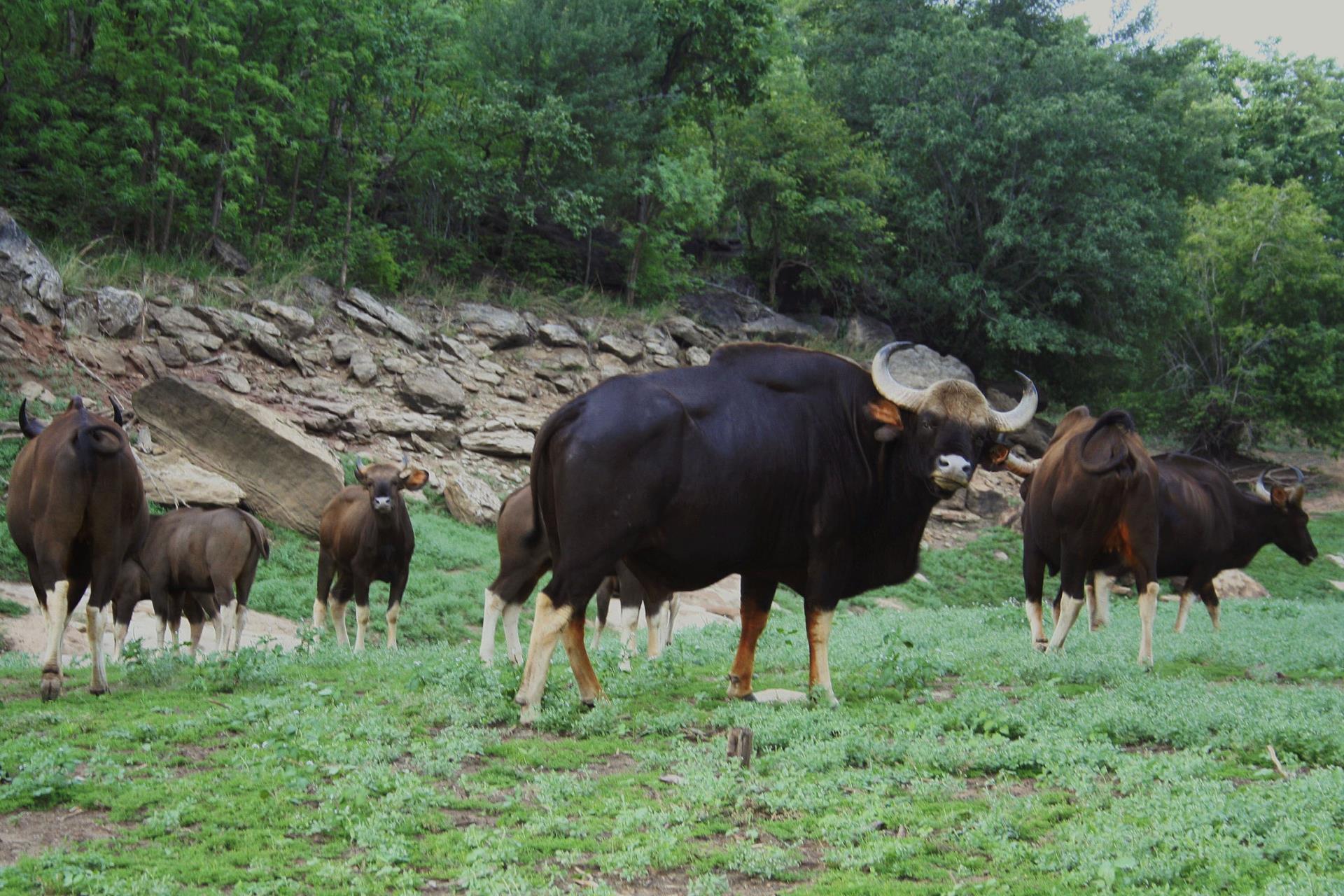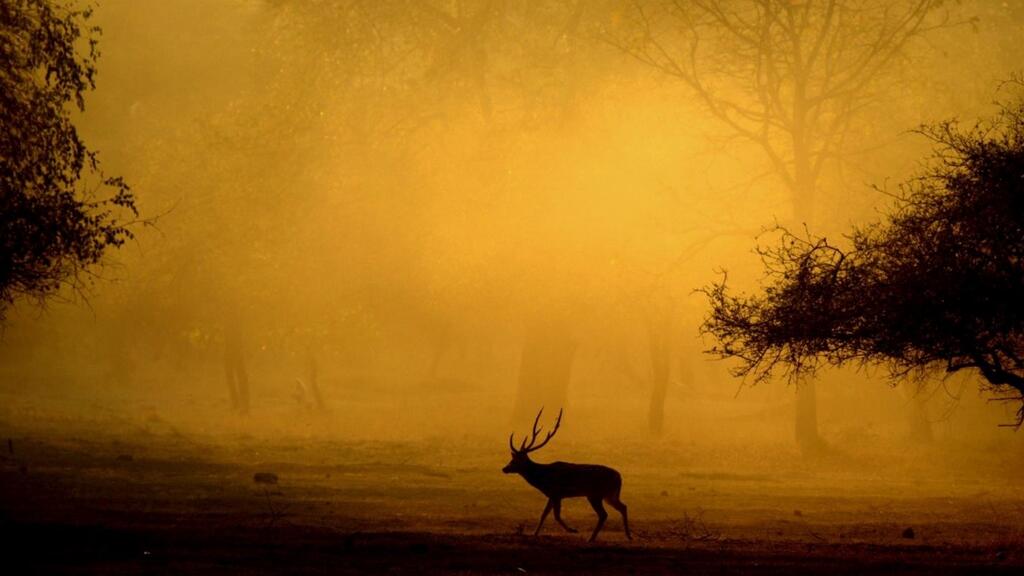
Sorry, we couldn't find anything that matches your search.
Destination

Famous Places to Explore in Hyderabad
A vibrant city with the imposing...

Raipur Tourist Places | Best Place to Visit
The stronghold of several erstwhile...

Ahmedabad
Declared as India's first UNESCO World...
#
Madhya Pradesh — the “heart of India” — is known for its wildlife, which lives in its verdant forests, roams through the mighty mountain ranges, and nests on the shores of its meandering rivers. During this adventure, the focus is on Kanha, Bandhavgarh, and Satpura National Parks, three of the area’s reserves.
The popular Bandhavgarh National Park has a particularly dense tiger population, and rugged Satpura National Park features a diverse array of mammals and birds such as leopards, sambars, and chitals. Kanha, Madhya Pradesh’s largest national park, has a vast expanse of grasslands and forests, where tigers, jackals, and wild pigs can be spotted. For the best opportunities to see this wildlife in its natural habitat, we explore these parks in a variety of ways: waking before dawn for early-morning jeep safaris, scouting from a boat, and keeping our eyes open as we walk nature paths.
In addition to tracking wildlife, watch cow dung patty cakes being made for fuel, visit kitchen gardens, observe work in the fields, marvel at the local temple, and spend time learning about and understanding how the indigenous communities here harmonize their lives with nature.
-
Start : Kanha National Park
-
End : Satpura Tiger Reserve
-
Time : Six Days
Day 1 Kanha National Park
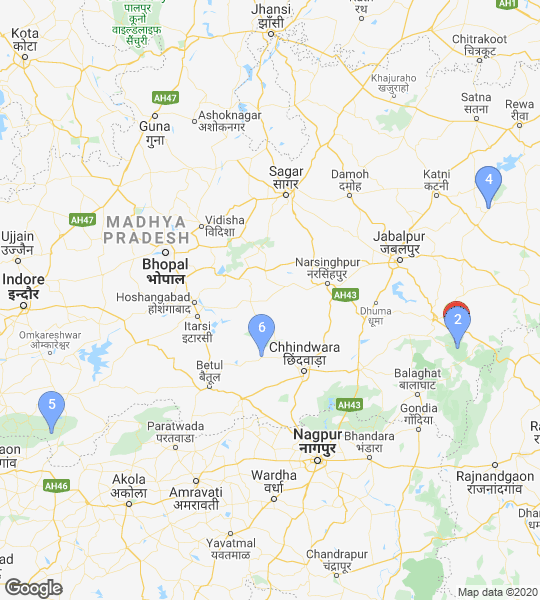
Kanha is renowned as being the best-managed wildlife park in Asia and you are more than likely to have an excellent few days spotting wildlife here. Safaris into Kanha offer excellent opportunities for wildlife photography and bird watching, and it is considered one of the best places in the world to see tigers in the wild. Kanha National Park is one of India’s largest parks, covering almost 2,000 kilometres of pristine wilderness. Situated in the Maikal Hills of the Satpura range, Kanha boasts a spectacular landscape of vast sal tree forests interspersed with flourishing green meadows and beautiful stretches of lush bamboo growth. This national park is one of the first nine tiger reserves established with the initial launch of Project Tiger in 1973, aimed at protecting tigers and their ecosystems. It is prime tiger wilderness, and it remains Project Tiger’s greatest success story.
Day 2 In Kanha
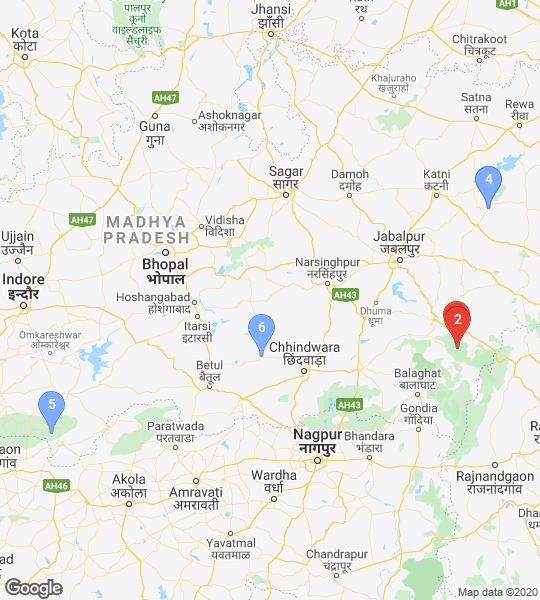
An exciting day in Kanha, which begins with a morning jungle drive (our second safari) through the stunning sal forests and meadows looking for sloth bear, jackal, the rare hardground barasingha (swamp deer), sambar, and, of course, Shere Khan — the famous Bengal tiger from Rudyard Kipling’s “Jungle Book.” Breakfast will be in the park during safari break.
There are many success stories of wildlife conservation associated with Kanha Tiger Reserve, and most prominent among them is the revival of the population of hard ground barasingha. Kanha was declared a national park in 1955 and a tiger reserve in 1973. The mammal and bird diversity of the park is fabulous, with almost the entire faunal element of central India, including tigers, leopards, and wild dogs. There are five types of deer including the mouse deer (the smallest variety) and the gaur (the Indian bison), both of which are prey species for the carnivores. The beautiful mosaic of the habitat of sal forest and savannah grasslands are ideal for the survival of the big mammals, especially tigers. Two perennial rivers flowing through the reserve ensures a water supply is delivered to the wildlife and forest throughout the year.
Later in the day, visit the Gond and Baiga tribes to learn about their lifestyles. Interact with the villagers and visit a tribal museum for an insight into their unique culture and art. Often displaying beautiful jewellery and tattoos, their smiles make us feel welcome. The ancient Baiga tribe is indigenous to central India. They live in the Mandla district, near Kanha National Park, in Madhya Pradesh. They still live as they have for centuries, in simple mud huts and no electricity, completely untouched by modern development. They cultivate and store their rice, and brew potent toddy from the flowers of the sacred mahua tree. Throughout various phases of their life, Baiga women get tattoos on their head, arms, chest and legs, representing aspects of nature integral to the Baiga way of life. The Baigas still coexist with the Gonds. Artwork, which the Gonds have become well known for, has provided them with a lucrative source of income.
Day 3 Kanha - Bandhavgarh
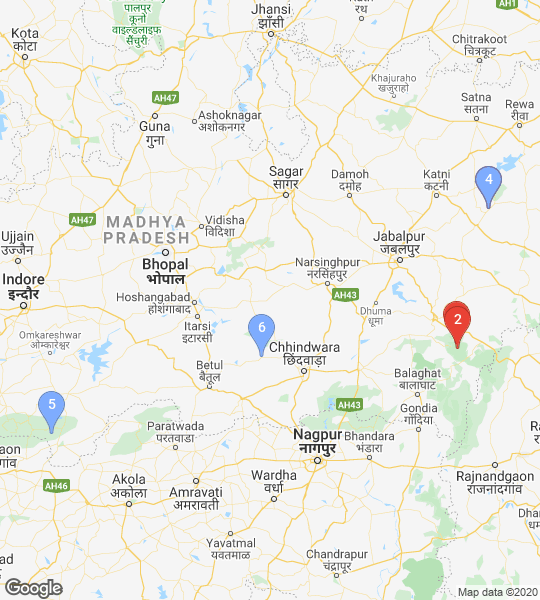
Wake up early to explore the wildlife of Kanha by jeep — the third and final safari in Kanha. Most of the animals and birds are active during early morning and late evening, so don’t miss the chance to be first in the queue for entry into the park. Return to the lodge for brunch and set off for the second national park — Bandhavgarh National Park — which is a five-hour drive.
Reach Bandhavgarh and receive an orientation tour of the lodge. Bandhavgarh National Park is one of the finest tiger reserves in Central India with the highest density of tigers in the world in its tourism zone. This famous tiger hunting area was once owned by the former Maharaja of Rewa. He handed it over to the government in 1968. Once it came under the control of the Forest Department, Bandhavgarh’s fortune took a dramatic turn. It was declared a protected area, and the animal population began to flourish. The park has extensive sal forest, hills, valleys, rivers, marshes, and meadows, resulting in varied floral and faunal diversity. The forest is dominated by sal and bamboo. The park’s vegetation is tropical moist deciduous, and there are dry mixed forests in the higher reaches of the hills.
Day 4 In Bandhavgarh National Park
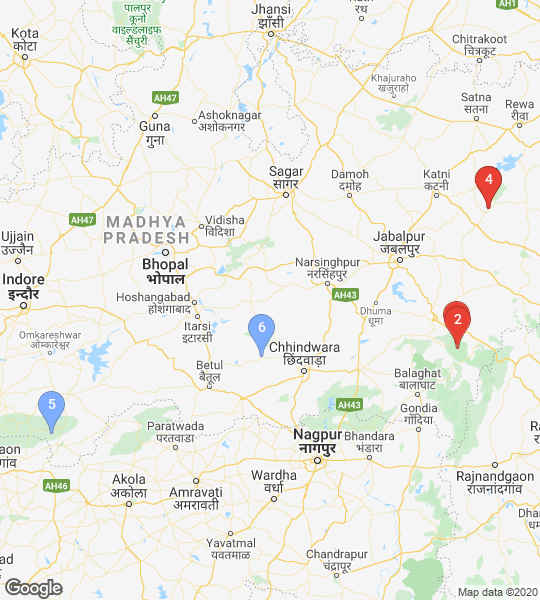
Enjoy morning and afternoon safaris in Bandhavgarh National Park, the place where the famous white tigers of Rewa were discovered. The last known capture of a white tiger was in 1951, but Bandhavgarh is densely populated with other animal species and 242 species of birds too. This sprawling, 437 sq km, protected reserve was once the preferred hunting ground of erstwhile Maharajas; it was declared a national park in 1968 and became Bandhavgarh Tiger Reserve under Project Tiger in 1993. The fauna includes typical Central Indian species. In addition to two critically endangered vulture species, the lesser adjutant and sarus crane are also found here.
Day 5 Bandhavgarh – Satpura
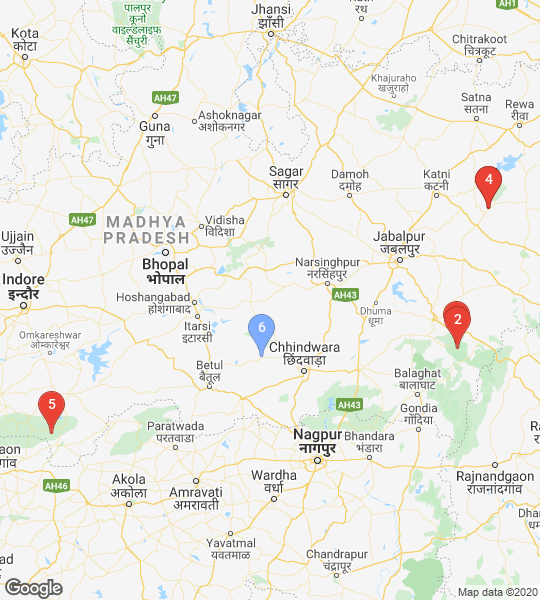
After breakfast, we set out on foot and explore a bird trail with the lodge’s in-house naturalist. The trail runs close to a tribal village, where we will spend an hour or so to see their way of life and art. After lunch, we leave for the final national park in our itinerary, Satpura National Park. The Denwa River flows through this unique park, offering an opportunity to explore the park by boat.
Day 6 Satpura Tiger Reserve
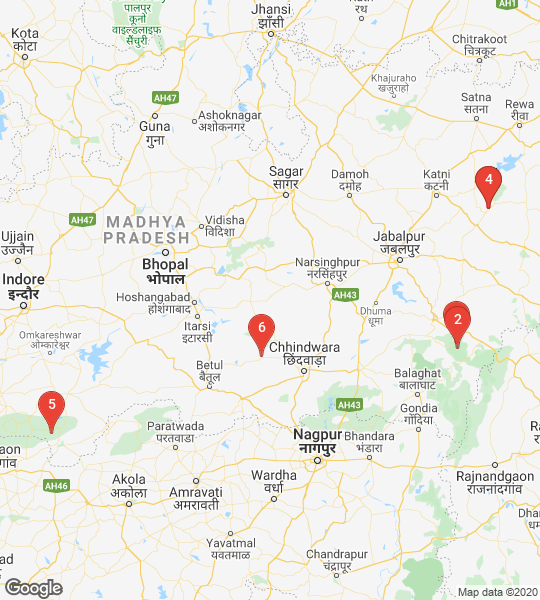
Nestled in beautiful forested hills, the Satpura Tiger Reserve is one of the most biodiverse areas of Central India. From the small insectivore plants to the Indian gaur and tiger, every flora and fauna typical to the Central Indian Highlands is found here. The reserve was formed after merging Satpura National Park, Bori Wildlife Sanctuary, and Pachmarhi Wildlife Sanctuary. This is also a part of the Pachmarhi Biosphere Reserve, which covers almost 4927 sq km.





